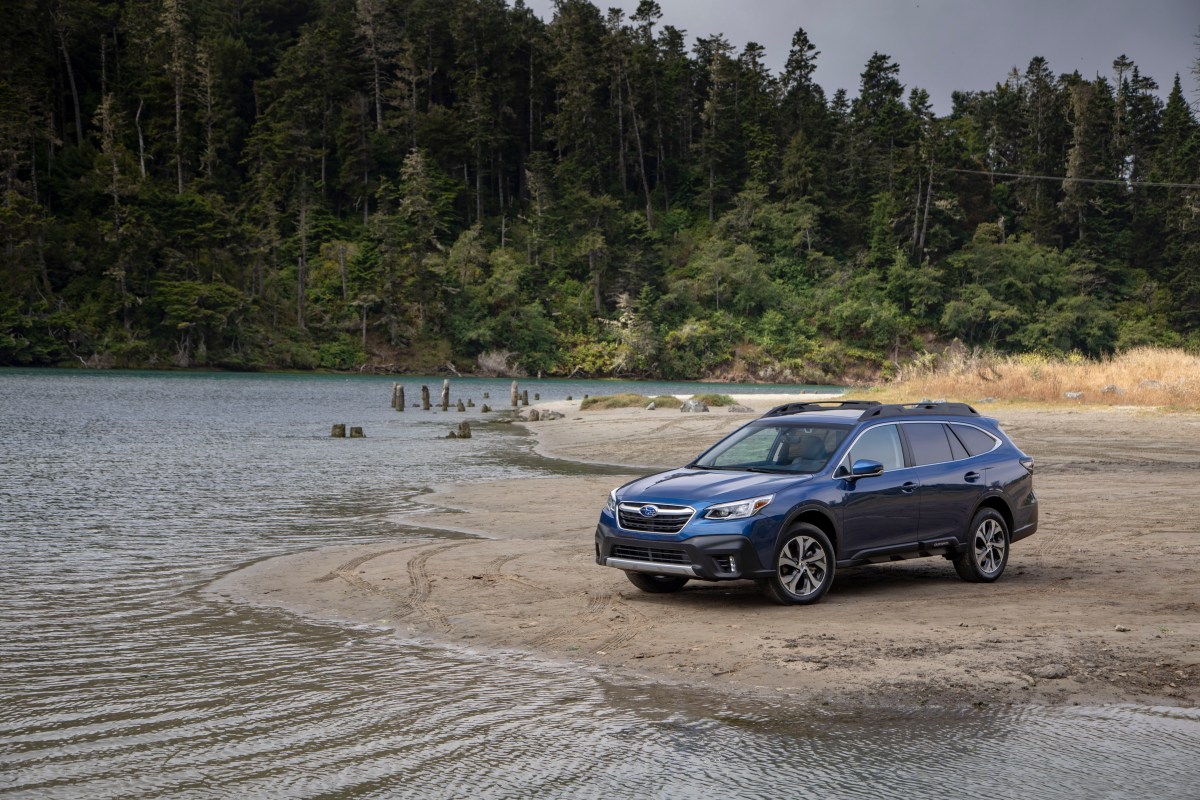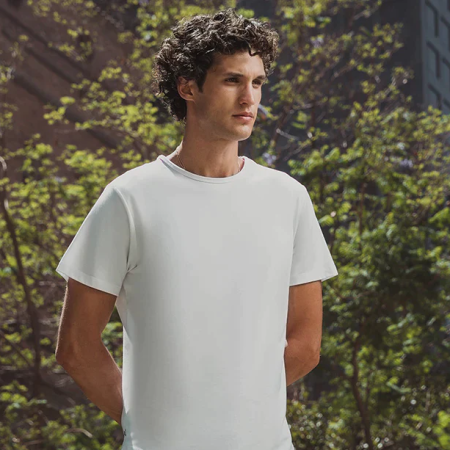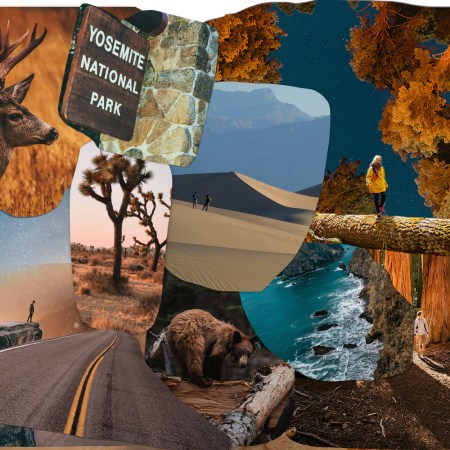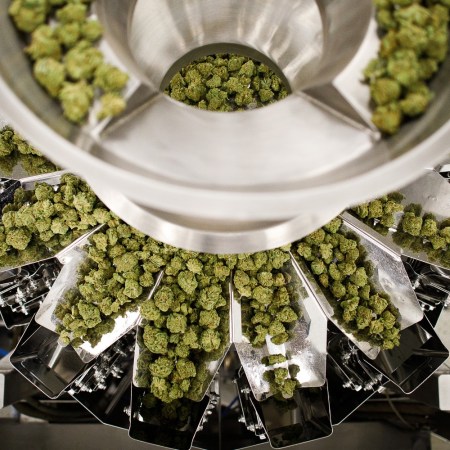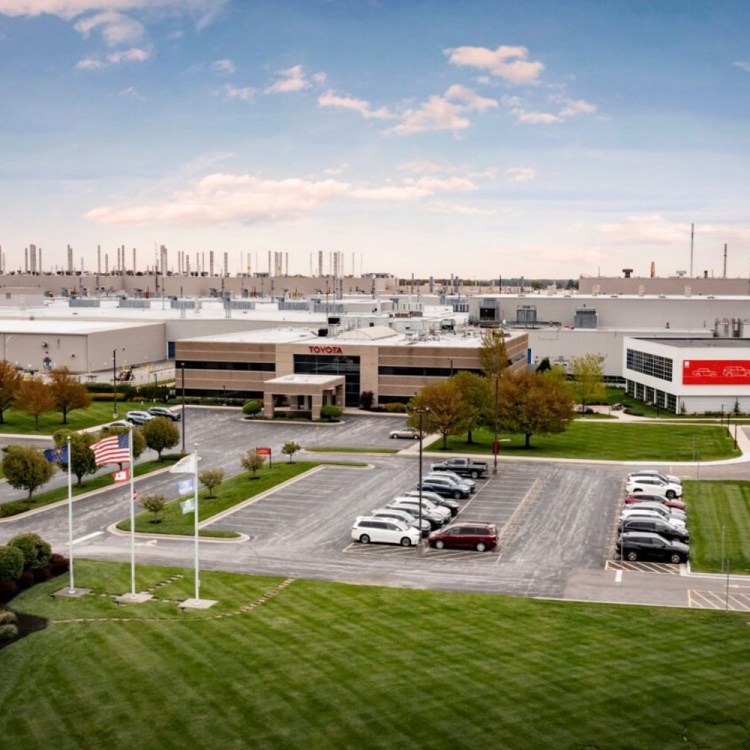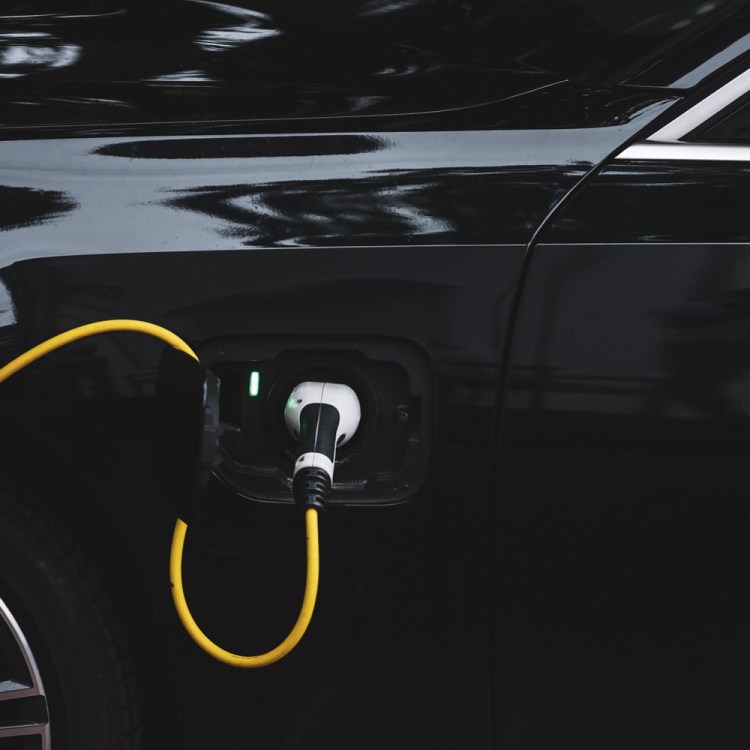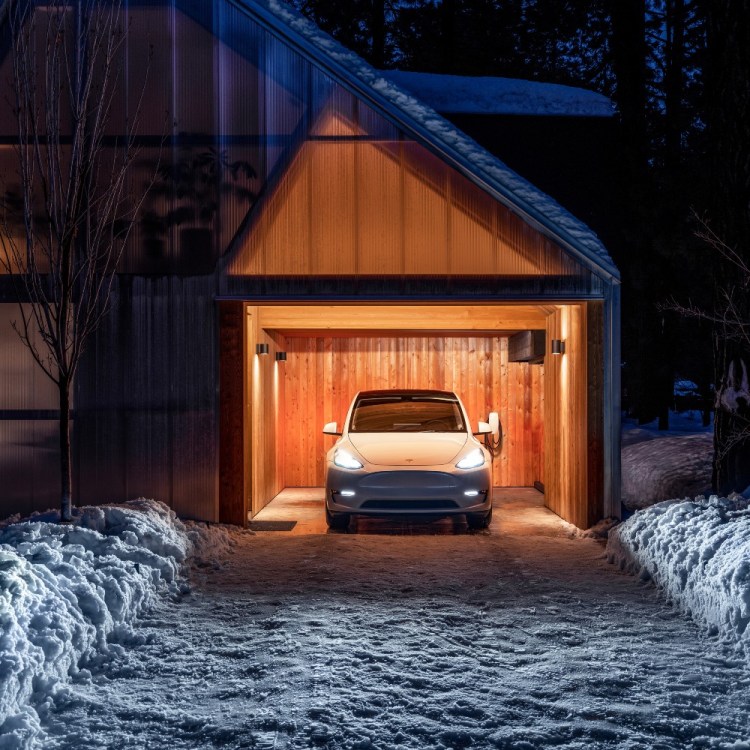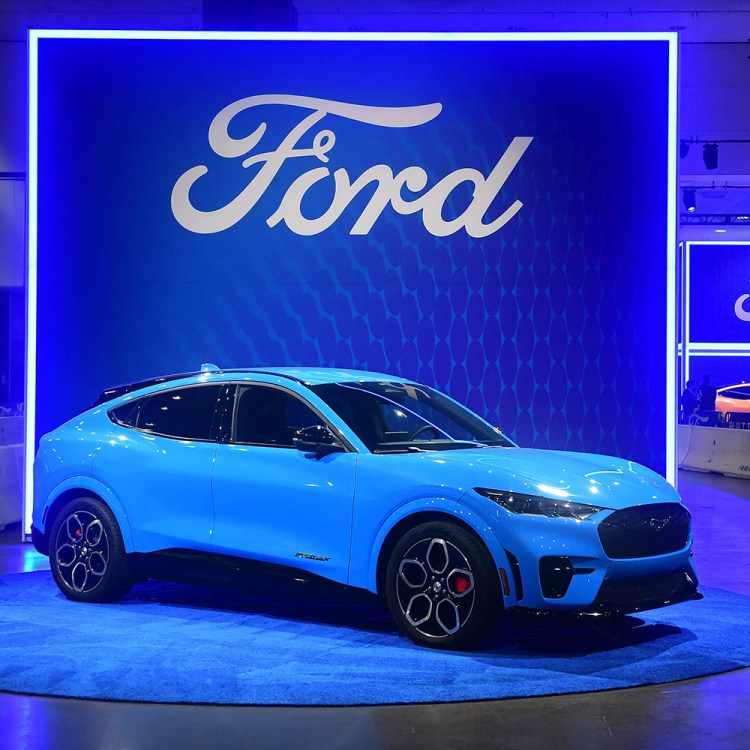We had a chance to test out the 2020 Subaru Outback across California’s Lost Coast region, an area towards the top of the state that feels like another world. Here’s our report on the experience and the car.
Some automakers struggle to find and maintain an identity. One model year, they sell the fun of driving and performance. The next, they’re all about reliability and safety with the same cars. They claw at buyers with their mixed messages, leaving shoppers guessing.
Subaru never has that problem. The company’s branding is as constant as the northern star and clear as the mountain streams they invite their drivers to ford. Subaru sells toughness, capability and reliability for a price tag within reach of the general consumer.
The company’s choice of venue to debut its new 2020 Outback fit with this identity like a hippie fits in Birkenstocks. California’s Lost Coast region is where the state’s artsy, world weary denizens go to escape the noise and haste — a chain of towns built by industry and commerce before transforming into havens for environmentalists and artists. These are Subaru people, and they can own a new vehicle in 2020 ready to keep them safe and moving through their escapist landscape.
The Lost Coast nestles in a couple hundred miles north of the Bay Area, running north along the world famous California 1 (the Pacific Coast Highway) from Shelter Cove to the Mattole River. Anchored by the towns of Mendocino and Fort Bragg, the Lost Coast weaves between rugged coastline and redwood forests — country devoted to mom and pop businesses over big box stores and locally sourced, organic restaurants over fast food joints.
Logging companies built these towns, and the trees they harvested built San Francisco. Legend has it the boards rendered from a single redwood constructed the entirety of Fisherman’s Wharf. Over the years, through the Great Depression and war time to the birth of the environmental movement and an evolution in building materials, the logging business declined. The people living throughout the Lost Coast had to transform their mills into small business spaces and their warehouses into art galleries.
According to local historian David Maki, logging operations never fully stopped — but they cut back enough to drive the area’s new identity.
“Companies are still logging on privately owned land,” Maki tells InsideHook “But, they’re thinning the forests rather than clearing them. They harvest smaller trees, preserving the tallest growth – being selective.”
“But, as the logging started declining, we found a new identity with tourism built around the 25-mile Lost Coast Trail and the Big River.”
The new Outback is built to master the winding roads, dirt paths and rock-lined creeks making up a landscape like the Lost Coast. Powered by an almost entirely new, 2.5 liter, four cylinder engine, the Outback produces 182 horsepower atop all-wheel-drive and strut front/multilink rear suspension. Buyers can also buy up into trim levels packing a turbocharged, 2.4 liter, four cylinder power plant for an extra boost.
All of the above classes have ample power and Subaru’s traditionally strong build quality, giving drivers the confidence to take their Outbacks well into the wild.
That’s the same spirit of adventure that brings eco-tourists to the Lost Coast, trading the angry throngs and gathering smog for the company of seals, otters and golden eagles.
Sarah Grimes is a river tour guide with Mendocino’s Big River Catch a Canoe and Bicycles Too. She’s been taking happy passengers up and down the brackish banks for seven of her 40+ years living amongst the Lost Coasters. Her parents came to Mendocino when artists began discovering the region in the 1960s as a place of peace and fresh air.
“This is a region of isolated winding paths, no major airports and communities hidden amongst the trees,” Grimes says. “We’re still seeing the expense and overcrowding of the Bay Area driving people north. They can buy home at a good price compared to the Bay here in a region of tremendous natural beauty.”
Grimes insists many of the Lost Coast’s transplants originally come to the area as environmentally conscious tourists. They like what the see, and they stay.
“They get to know the place. They see how special it is. And, they see that we’re avoiding ‘bad tourism.’ We avoid overuse of resources There are no big hotels and re-paved, straightens roads. We’re not polluting the beaches. We respect the environment.”
Grimes jokes that it is “environmentalist wackos hippies” like her that started and maintain that regional identity. Those same residents keep the pressure up on the logging companies in a civil, yet sometimes unofficial agreement to thin forests without clear-cutting them.
“Redwood is still in demand,” she insists. “And, while there’s pride over building the Bay for 100 years, there’s also sadness that we destroyed forests here. Back then, every resource seemed endless.” She adds, “Now, protections are in place whether it’s by State Parks or private ownership. Logging is bound by rules and regulations. Companies have to file Timber Harvest Plans and employ biologists to make sure no endangered species are threatened.”
Those folks are Subaru’s denizens. While its designers and engineers work to keep the brand’s arms open and welcoming to any buyers, the automaker always appeals most to free spirits and the keepers of the fringe. They’re the cars of both the granola lovers and the rally racers, the hikers and surfers. These are vehicles made to carry mountain bikes, canoes and plenty of those multi-symbol “Coexist” bumper stickers.
Now, this new Outback slots into that company nicely, kicking up a cloud of dirt with a friendly whisper of “namaste.”
If there’s an area where the new Outback seems out of touch with the current marketplace, it’s styling. Subaru is always conservative in its external presentation, forgoing the basking grilles and sharp angles of Japanese rivals like Toyota, Honda and Mazda in favor of more functional designs. Still, from some angles, this Outback hasn’t evolved significantly from its first generation in 1994. From the outside, it’s safe to figure Subaru is thinking along “…if it ain’t broke…” lines.
It’s the same thinking applied to the price that makes the Outback a legitimate competitor for pricier, more elaborate all-purpose rides from Land Rover or Mercedes-Benz. While those European luxury SUVs will cruise over any off-road obstacles before gliding along civilized roads back to the estate, owners can’t sniff a properly equipped, new model for less than $70,000.
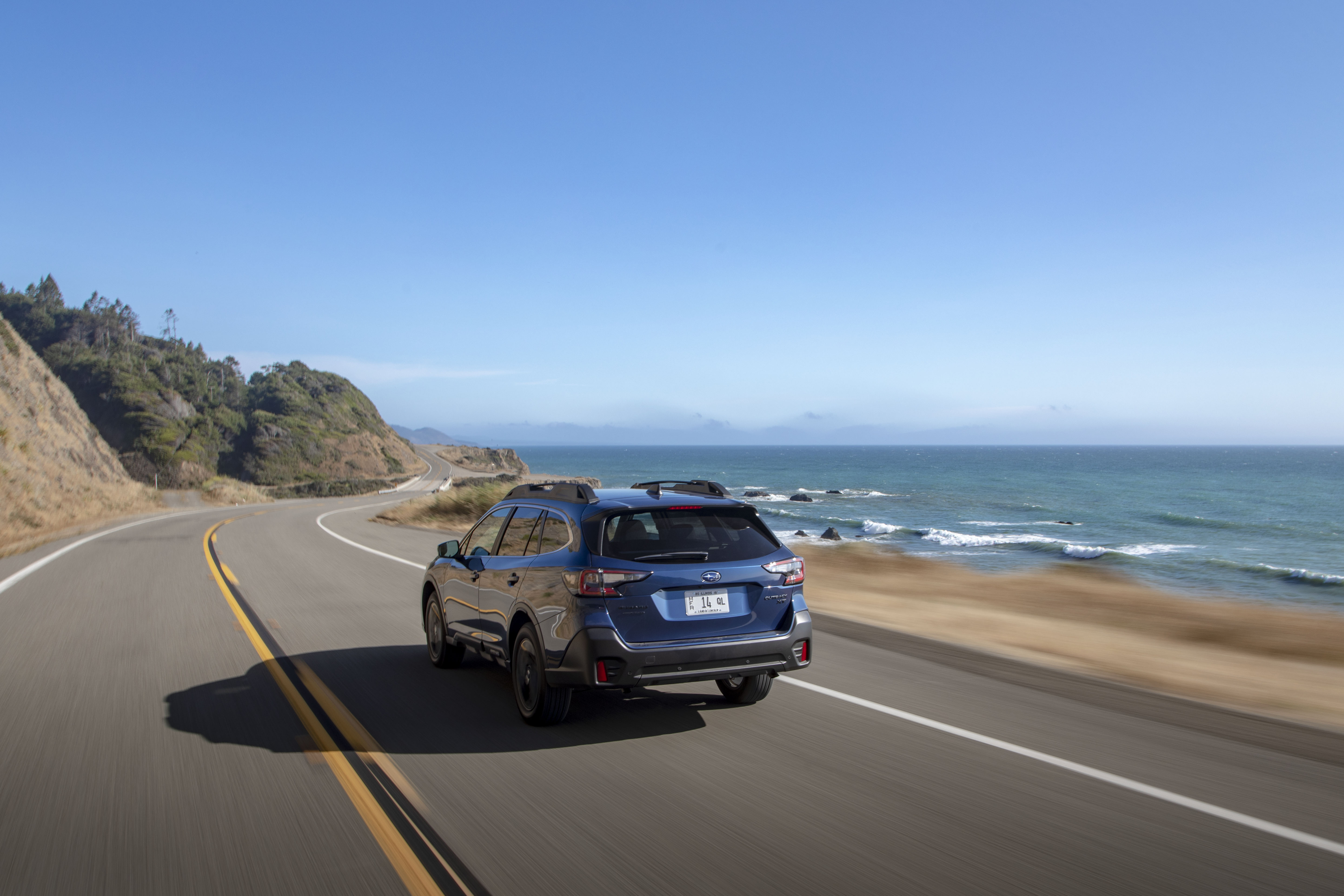
With standard factory options, the Outback can handle the same rough terrain in modest comfort for little more than $37,500. While the Outback might not pack as many comfort-obsessed, high-tech bangs and whistles as a Discovery or a G-Class, it will stay wheel to wheel with those bigger machines in the wilds.
Perhaps the natural marriage of Outback and the Lost Coast can be summed up by the locals’ reaction to the unveiling that populated Mendocino’s roads for two weeks in July. Day after day, lines of identical 2020 Subaru’s followed each other like ducklings headed to open water up and down the PCH. In sleepy towns more known for beat up pickups and old VW bugs, the gleaming modern machines were impossible to miss.
Still, every local asked (including Maki and Grimes) never really took notice. In a town full of enviro-conscious, cost wary tree huggers, the Outback never had to introduce itself.
This article was featured in the InsideHook SF newsletter. Sign up now for more from the Bay Area.
